Description
Squash Early Yellow Bush Scallop Patty Pan
Squash Early Yellow Bush Scallop Patty Pan. A massively productive bright yellow summer squash variety producing an abundance of bright yellow, scalloped edged, tender ‘patty pan’ type squash. Compact trailing type plant is ideal when space is a factor. Cultivation character and habits similar to the larger Courgette varieties. Fruits need to be picked continually when small to maintain the harvest which produces the finest texture. Use raw in salads and with dips, or steamed, fried and baked. Freezes well. Early. 50 days.
Cultivation Advice
- Patty Pan squash is a warm-season crop. Plant seeds directly in the garden after the danger of frost has passed and the soil has warmed.
- Choose a sunny location with well-draining soil.
- Amend the soil with compost or well-rotted manure to improve fertility and drainage.
- Patty Pan squash prefers slightly acidic to neutral soil with a pH between 6.0 and 7.0.
- Plant seeds or seedlings in hills or rows, with spacing of about 3 to 4 feet between plants. Each hill can have 2-3 seeds, and if more than one plant germinates, thin to the strongest seedling.
- Keep the soil consistently moist, especially during the flowering and fruiting stages.
- Water at the base of the plant to prevent water on the leaves, which can reduce the risk of fungal diseases.
- Apply a layer of mulch around the plants to conserve moisture, suppress weeds, and maintain a more even soil temperature.
- Fertilize with a balanced, all-purpose fertilizer at planting time and then again when the vines start to develop.
- Avoid excessive nitrogen, as this can promote excessive foliage growth at the expense of fruit development.
- Patty Pan squash plants can have trailing vines. Providing support, such as a trellis or a sturdy fence, can help keep the fruits off the ground and save space in the garden.
- Patty Pan squash plants produce both male and female flowers. Bees are the primary pollinators, so encourage pollinator activity in your garden.
- Keep an eye out for common garden pests such as aphids and squash bugs. Handpick or use insecticidal soap for control.
- Companion planting with herbs like basil can help deter pests.
- Harvest Patty Pan squash when the fruits are young and tender, usually around 2 to 3 inches in diameter. – Frequent harvesting encourages the plant to produce more fruits.
- Rotate crops each year to reduce the risk of soil-borne diseases.
- Provide good air circulation by spacing plants adequately and pruning excess foliage.
- Plant companion crops that can help deter pests and enhance the overall health of the garden. Marigolds and nasturtiums are examples of companion plants for squash.
- Consider succession planting to stagger harvest times and extend your Patty Pan squash harvest throughout the season.
- Patty Pan squash is sensitive to frost. Make sure to plant after the last expected frost date and provide protection if there’s a late cold snap.
- Wait until the soil has warmed up before planting Patty Pan squash seeds. Planting in warm soil promotes better germination and early growth.
- In areas with intense summer heat, consider providing partial shade during the hottest part of the day to prevent stress on the plants.
- While Patty Pan squash plants tend to have bushy growth, providing some support such as stakes or cages can help keep the vines organized and make harvesting easier.
- Use organic mulch, such as straw or shredded leaves, to maintain soil moisture, suppress weeds, and provide insulation against temperature extremes.
- Maintain consistent watering to prevent blossom-end rot and ensure proper fruit development. Inconsistent watering can lead to quality issues with the fruits.
- Intercrop Patty Pan squash with other compatible vegetables or herbs. This can maximize space and create a more diverse and resilient garden ecosystem.
- Patty Pan squash can be grown in large containers if garden space is limited. Choose a container with good drainage and provide support for the vines.
- Periodically amend the soil with well-rotted compost or organic matter to replenish nutrients and improve soil structure.
- Avoid planting squash in the same location year after year to reduce the risk of soil-borne diseases and pests.
- Harvest Patty Pan squash by gently twisting or cutting the fruits from the plant. Regular harvesting encourages continuous production.
- Explore various culinary uses for Patty Pan squash, including sautéing, roasting, grilling, or stuffing. The tender, mild-flavored flesh is versatile in the kitchen.
- If you have an abundance of male flowers, consider harvesting a few for culinary use. The female flowers are the ones that develop into fruits.
- After harvest, compost any plant residues to recycle nutrients back into the soil.

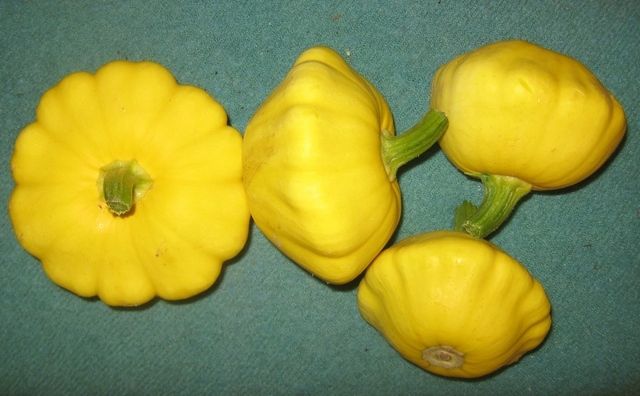
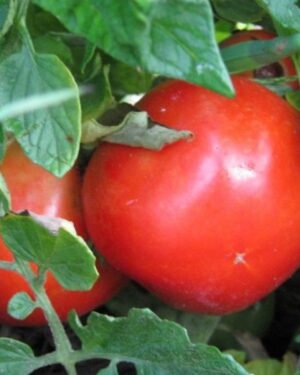
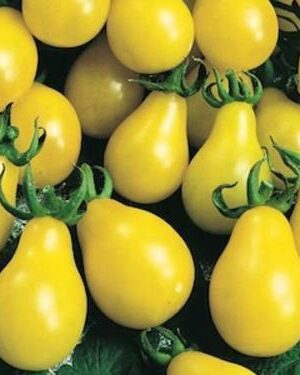
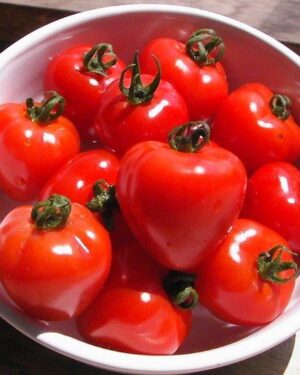
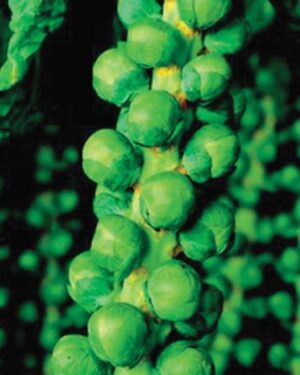

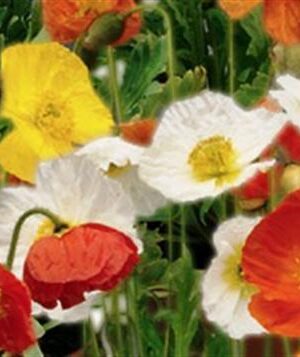
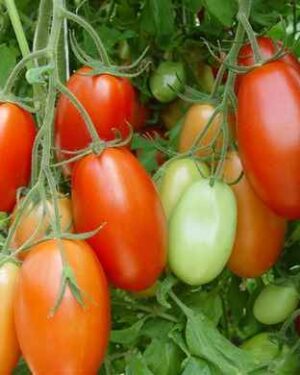
Reviews
There are no reviews yet.